AWS CEO Adam Selipsky: 10 Bold Remarks At Fast Company’s Innovation Festival
‘Amazon is always about having very high standards and about being vocally self-critical, which is a term you hear around here a lot,’ Selipsky says. ‘It’s an important part of my job — not just an opportunity, but a responsibility — to try and help us to continue to improve and to bring some things that maybe I’ve been able to observe being gone a few years.’
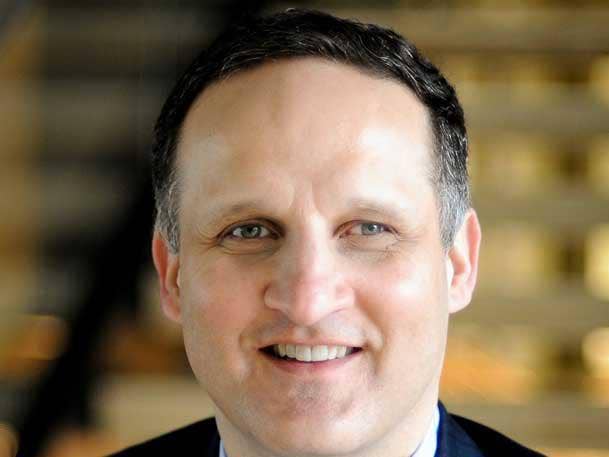
Partners and customers can expect machine learning and data and analytics to feature prominently as new Amazon Web Services CEO Adam Selipsky continues to push the cloud computing provider’s rapid pace of innovation, according to remarks today by the former Tableau Software leader.
AWS has a tremendous amount of machine learning resources, and there’s many new services that customers want AWS to build to help them with the technology, Selipsky said today at Fast Company’s Innovation Festival.
“There’s a huge thirst for AI- and machine learning-driven services today, not only to offer directly to customers, but also to underpin and make more intelligent all these other services that we offer,” Selipsky said. “There’s…a big opportunity to put machine learning capabilities inside of many, many of the existing AWS services and to make them better and to make it easier for customers to accomplish what they’re trying to accomplish.”
While AWS has a lot of data and analytics capabilities, it’s just getting started in the area, according to Selipsky, who led Tableau, the Seattle-based analytics platform provider, from 2016 until he rejoined AWS this year.
“The whole area around data and analytics is still a big need,” Selipsky said. “Sometimes I kind of make a joke about a day in the life of a bit. If you look at that whole data value chain, I still think there’s a lot of building-block components that are left to build and a lot of abstracted capabilities on top…to make that process a lot easier, a lot faster, a lot more convenient, so you can get to better decisions faster.”
But while customers are pushing AWS in a lot of different areas, it’s very important that AWS doesn’t neglect its first fundamentals: storage, compute and databases, according to Selipsky.
“There’s still a lot of lot of innovation to happen there, and it’d be a mistake to take our eyes off of that ball,” he said.
AWS always will be focused on hardcore developers, Selipsky said, but as it grows from millions of customers to hundreds of millions of people directly or indirectly consuming web services and cloud computing, there’s going to many who don’t have the capability or desire to be highly technical.
“For those people, we have to continue to, over time, dramatically improve the ease of use, come up with more abstractions, come up with higher-level services — like our call center solution, Amazon Connect — find other areas where there are horizontal or industry vertical solutions that our customers are demanding that operate at a higher level,” Selipsky said.
AWS named Selipsky as former CEO Andy Jassy’s successor in March. He formally started in the position in early July, returning for a second term at the Seattle cloud provider. Selipsky previously worked for AWS from 2005 to 2016, when he left his role as vice president of marketing, sales and support to lead Tableau.
“Needless to say, AWS is an incredibly successful business, and there are many things that I just want to not get in the way of,” Selipsky said. “I don’t want to be the one to mess up. But nothing and nobody are perfect. Amazon is always about having very high standards and about being vocally self-critical, which is a term you hear around here a lot. It’s an important part of my job — not just an opportunity, but a responsibility — to try and help us to continue to improve and to bring some things that maybe I’ve been able to observe being gone a few years. Some of those things are around bringing that sense of community in and really continuing to grow and build out the worldwide Amazon community and an ecosystem, and to continue to help customers and employees both be inspired by a mission and…why we’re here as an organization on this planet and what it is we can really help customers to accomplish and the joy and inspiration that employees can feel along that journey.”
Here’s a look at what else Selipsky had to say in his talk with Stephanie Mehta, editor in chief of Fast Company, a New York-based business media company.
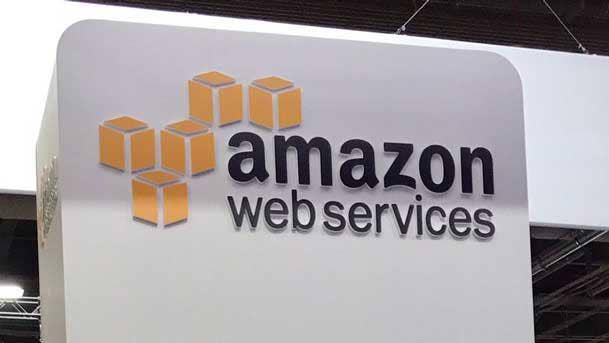
AWS’ Chip Development
We’re designing our own chipsets these days and making incredible progress in price performance ratios and in a way that, honestly, the world hasn’t seen before. Customers continue to want us to push the boundaries there.
We certainly continue to have all sorts of partners in our physical technology stack — around design, certainly around manufacturing of the hardware that goes into our data centers — incredibly important partnerships really around the world on a very global basis. But if you think about the scale at which we now operate, we have millions of customers in over 200 countries and territories around the world, every imaginable use case, every imaginable industry. We’re now over a $60 billion-a-year company, still growing last quarter about 37 percent year over year. We’re at a scale where even small improvements make a big difference. We’re at a scale now where it makes sense to do those optimizations.
We have very fine-grained knowledge of where our customers need us to go, where they need better price performance, where they just need better raw speed, where they need more capacity. And for us to have the ability to, in a very first-person way, control the design means that we can actually tune what we deploy very much to the workloads that our customers are driving right now and over the next couple of years.

How The Coronavirus Pandemic Affected AWS Customers
Needless to say, the last year and a half has been tumultuous, to say the least, in so many different dimensions and so difficult for so many. One thing we have seen is that it really has been...an accelerant to a lot of trends that were already happening.
You’ve seen since the launch of AWS all the way back in 2006 this continued acceleration of more and more organizations realizing that there’s a different and better way to do infrastructure. And we’ve seen more and more small and large organizations come on board. When the pandemic hit, and everybody was thrown into upheaval in a lot of different ways — in terms of where people were working, in terms of some industries really seeing the bottom drop out from their demand, other industries seeing a dramatic uptick in demand — that there was a dramatic acceleration of the trends that were already happening.
McKinsey did a study saying that there was five (years) of digital transformation that happened in eight weeks in the first quarter of the pandemic last year. It’s that kind of acceleration that we saw. Zoom has been a pretty well-publicized (example), where their demand absolutely went through the roof, and they were able to very gracefully continue to ramp and meet all of that absolutely critical demand. Think about how much time all of us spend on all of these different video and conferencing platforms — Zoom being an important one, of course. All that was run and scaled very gracefully up on AWS, given the massive amount of infrastructure that we have.
There are a lot of different examples of where the instantaneous scalability of the cloud and of AWS was really important during the pandemic. I also think that there were some industries where their demand really fell off. When you talk about the elasticity of AWS, it has to both wax and wane. There were certain industries — be it travel, be it hospitality — where, of course, unfortunately, they faced a lot of upheaval. And it was very important that they be able to go into, in some cases, cost-cutting mode, and they were able to — just like with the electricity model — to turn down some of that electricity, which you can’t do if you have already bought servers and put them in data centers and have massive teams running all that stuff. It’s very hard to shed that expense. The flexibility that the cloud enables and that AWS was able to partner with all these different companies for was absolutely important.
But I think probably the most important thing that’s happened is that so many companies have just understood that they must undergo a digital transformation, and it has become fundamental to who they’re going to be in the future. If you didn’t think you were a digital company in February of 2020, you figured out in March and April that you actually were. And so we’ve really worked even more closely with so many different companies to map out that path. And it’s a multi-year path to moving, in many cases for big enterprises, many thousands of applications onto AWS, and I think that’s just accelerated. We view that very much as a partnership, where we really feel like we jointly own those outcomes with our customers.

Organizations’ Varying Needs For The Cloud
You see a couple of different flavors. In some cases, it’s a very short-term, urgent need: We need to need to stand up a call center on no notice, or we see this massive spike of demand in this part of our business, and we need to be able to service that demand and not disappoint our customers, not drop that demand on the floor.
Then there’s another category where I think a lot of the companies who were moving in this direction have just seen that it is not only inevitable, but it’s going to bring great benefits somewhat in terms of lowered costs and very much in terms of agility and speed. More and more CEOs, more and more CTOs and CIOs, are getting together and saying, “We have to get there, we have to get there probably sooner than we thought. The benefits are there, so let’s map out an aggressive path.” They’re coming to us sometimes with very specific goals in mind, but very often saying, “Hey, AWS, you’ve seen this before across a lot of different companies, industries. You’ve been doing this since 2006, much longer than anybody else. You help us. You help us decide really what that journey looks like.”
We try and take a very relationship-, a very partner-driven approach where we say, “Well, we do have a lot of experience, we do have some points of view about how to effectively migrate to the cloud and how to achieve business success in doing so. But every business is unique, and let’s look at your particular requirements. Let’s figure out the pace at which you can move. Let’s figure out the appropriate places to start and which workloads we want to get in first.” We view that very much as a partnership.
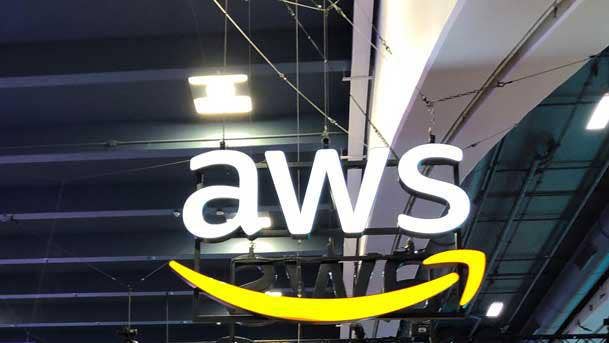
Strategic Benefits Of Amazon Owning AWS
It really gets back to this theme around innovation. Amazon, at its core wants to be an innovator here. We want to be on the bleeding edge in all of our businesses.
We talk a lot about inventing on behalf of our customers, and that is that is so much of what drives us — whether it’s AWS or Amazon retail or the device business or the advertising business at Amazon. All of those other groups have had the same access to AWS — to these building blocks that enable, that unlock, that unleash innovation that our external customers have had. And it’s been very important that we have not done anything different or unique internally for other Amazon groups with the AWS services. They haven’t sort of been locked into something we built for them in 2008 or 2012. As we innovate, they have access to all of those same capabilities, and they’re able to focus on...advertising, on devices, on the retail shopping experience, as opposed to focusing on content distribution or databases or what have you. We’re really proud that we help those teams. They’ve got brilliant people who are highly innovative, and we just love being a part of their innovation.
Amazon, the retailer, is a very important customer for us, but no more or less important than other large customers we have. In fact, occasionally, some of the folks from some of those groups say, “Hey, is it possible you’re actually treating some of the external customers with more care than we get treated?” I’m here to tell you is not true, but it’s just to show you that we are maniacally focused on our external customers. If you go to a Netflix, if you go to a Brooks Brothers — never mind all the banking and automotive and telco and consumer goods companies — they know that we’re 100 percent-focused on their success. And our internal customers at Amazon get the same attention, but really not a different form of attention.
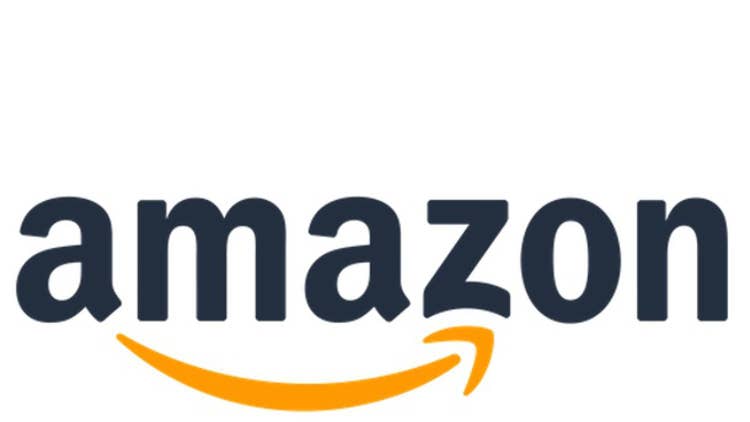
On Whether Some Customers Won’t Work With AWS’ Due To Its Amazon Affiliation
I think that’s been a bit of a meme that’s out there, and, honestly, it’s very infrequently true. There’s maybe been a couple of examples that tend to get publicized.
Amazon’s a big company now, and of course we’ve got competition — as we should — in every business. But if you look at digital entertainment, for example, AWS has big and deep relationships with folks like Netflix, Hulu, Disney+, HBO, even though there are other parts of Amazon that might compete against them. Or if you look at retail, for example, you’ve got Nike and Brooks Brothers, Shop Direct, Instacart, Zulily. I could go on, but many of these different sectors where Amazon has businesses, we have really long-term, deep, strong partnerships with these external companies.
The world is complicated, and I think we’re all used to cooperating in some areas. There might be some competition in other areas, but the reason it works is because of trust. It works because all of these external companies know that AWS has one mission only and that is to enable their success. And there’s never any compromising in any dimension on that.
AWS Customers Partnering With Amazon
Amazon is fairly well-known for having distinct businesses, and we very intentionally decentralize a lot of operations and a lot of decisions, so that we can move fast. It all gets back to innovating quickly for customers. We think that’s a really good model for doing that.
But we actually are seeing more and more a lot of our big enterprise, external customers wanting to partner across Amazon — whether it’s automotive companies who want to use AWS but are also interested in digital entertainment, whether it’s telcos who want to partner with different divisions at Amazon. We’ve actually been getting better and better at building internal mechanisms for being able to have those conversations and being able to do joint decision-making and work with external customers in a very cohesive fashion. I won’t say I think we were always great at that, but I think over the past few years — certainly while I was gone, so I’ll take no credit — the company’s gotten a lot better at that.
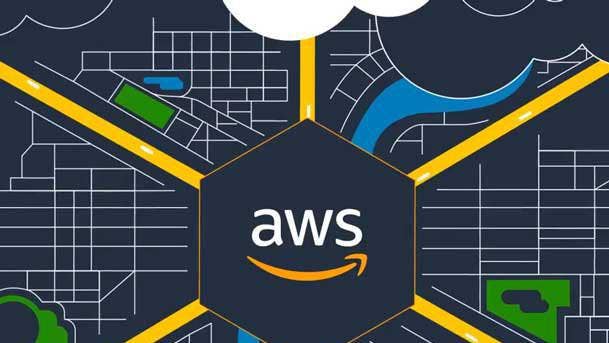
How AWS Decisions Such As The Parler Ban Are Handled
There are probably some corporate-level decisions where, at the end of the day, we are one company. I certainly take my role seriously in being part of the Amazon senior leadership team and not only part of the AWS leadership team.
For really important decisions...I think there’s always value in diversity of opinion. It’s very good for us to seek different opinions. Whether it’s an important decision that we’re going to make just purely inside of AWS or whether we’re really going to make it at the Amazon level, I think getting those different voices into the conversation is actually very helpful.
Our attitude is that, in the vast overwhelming majority of cases, that we’re here to serve customers. Our customers own their data, and they have their applications. They are serving their end customers, and our job is to serve that. We have very distinct and easily understood terms of service. If it’s breaking the law, that’s a different thing. There’s zero tolerance for that. But in the case of something which breaks our terms of service, we’re going to try wherever possible to give customers a chance to cure that and to work with them.
It’s an extremely, extremely rare case, where there’s either a violation of law or where a customer just does not seem able to abide with our terms of service, where we would take them off the platform. Honestly, if you look at the few cases where it happens, it’s actually the exception that proves the role.

AWS Lessons He Brought To Tableau
On a personal level, it was really an interesting challenge for me. I’d spent 11 years at Amazon. The Amazon culture was very resonant with me. I came to Amazon with a lot of those traits or else I wouldn’t have stayed here for 11 years the first time. But a lot of those I think also got really reinforced — really thinking hard about customer obsession and also how you create an environment where innovation happens, and a real drive for results and accountability, and those types of things. So I had all those types of things pretty strongly held within me.
Then you go to another company which is successful and has a great product and an absolutely beloved community in Tableau, and you want to be respectful of what you find there and what’s made that company great. And yet, at the same time, never rest on one’s laurels and improve and change and continue to evolve. Part of it was I just spent a lot of time. I spent a lot of time listening, a lot of time thinking hard about, “Okay, what is unique here at Tableau which is fundamental to our success going forward?” And then just like an Amazon or any other company…where are the places that we can improve — whether it’s something that was always flawed, or whether it’s something that was great in the past, but isn’t going to serve as well going forward just given how the world’s changed.
Things which served me really well, which I tried to even help Tableau enhance, were things like, how do you think about customer obsession? How do you think about the listening posts you put in place, so that you really know at a deep level — not at a hand-wavy level that you see at so many companies — really where customers want you to go next? How do you organize around innovation? What mechanisms do you put in place so that you know what your goals are, when they’re due, who’s responsible, and importantly, that you have mechanisms to audit that and to check in on progress. That final step is very often ignored, and then you get nasty surprises later on.
So I tried to bring some of that to Tableau and help meld that with the amazing traits that the customers already had around this really mission-driven focus around data improving the world…and also the incredible community that that Tableau had built — the worldwide user, customer and partner community. I think part of my job was to not mess that stuff up, but to bring in some of the things which I knew were powerful if done in the right way.
On Whether AWS Ever Will Serve Consumers Directly
There’s been a lot of surprises over the past 15, 16 years, so I guess never say never. But I would say certainly, as far as we can see right now, our business is to enable other organizations to serve their customers. And sometimes that’s internal customers at an enterprise; sometimes it’s the consumers that an enterprise or startup has; sometimes it’s a government agency that has citizens as its customers and consumers. We’re very focused on that mission, and we still think it’s very early days, and there’s plenty of innovation left to do in those spaces.

Jassy’s Advice To Selipsky
Of course Andy and I talked, and we’ve been very close colleagues since my day one here in 2005. Andy has certainly told me a couple things, which I think I already knew, but it’s really helpful to remember and to really let sink in.
One is that it’s still very early days here. We have this expression, “It’s still day one at Amazon.” As big as AWS has become, it’s still very, very early in cloud adoption. The vast majority of workloads in the world of IT still happens not in the cloud — it still happens on premises. We have a lot of work left to do to invent on behalf of our customers, and there’s a huge need, requirement to help our customers accomplish their goals. As a result of that, if we do a good job with it, then there’s a huge business opportunity for us as well. That’s one thing which is really important to remember which has really stuck with me.
Advertisement